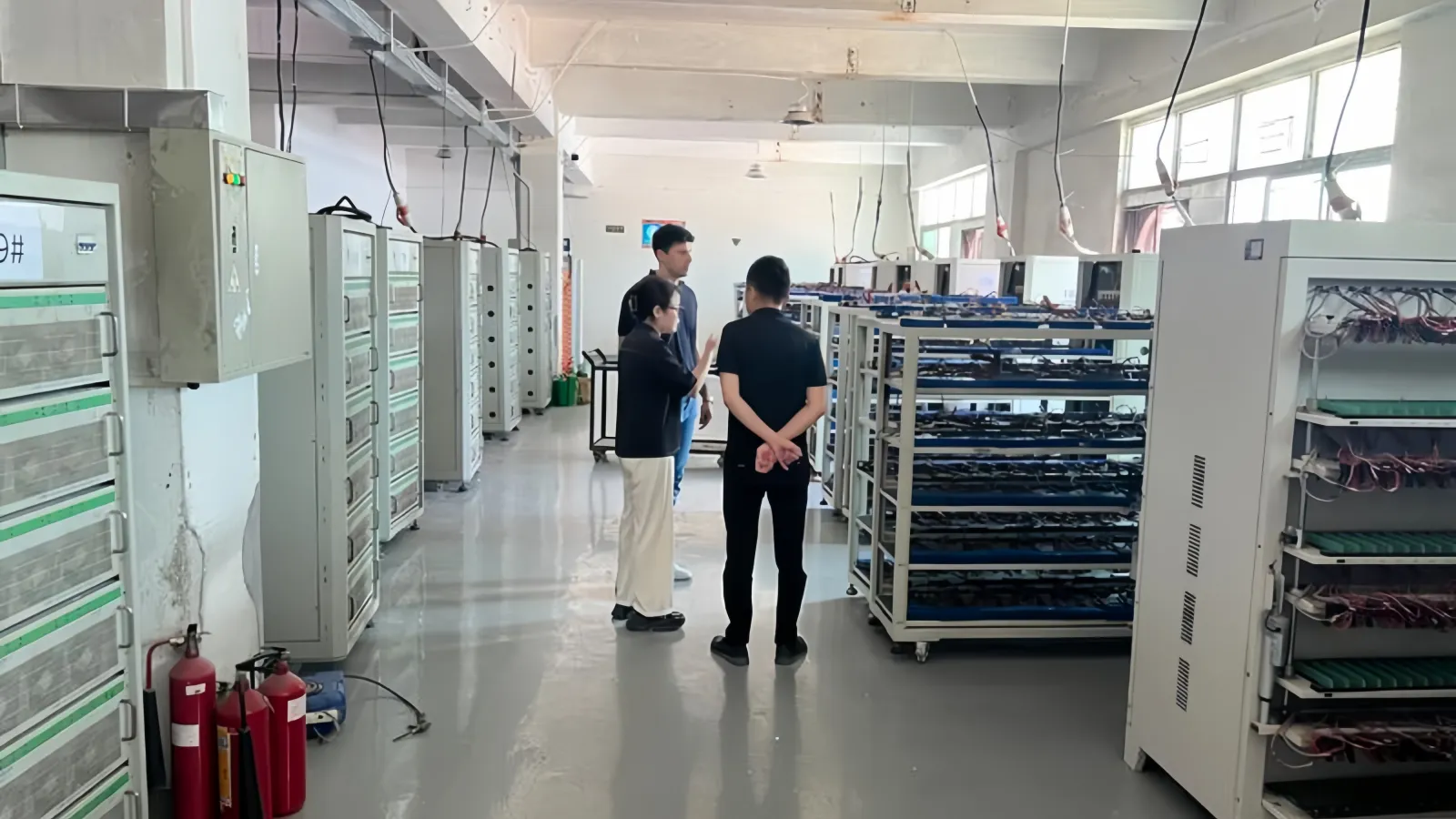Energy storage market forecast 2024-2030
2025-03-18
HEXI
## The Future of Energy Storage: Market Trends from 2024 to 2030
### Rapid Growth and Market Expansion
As global demand for renewable energy surges, battery manufacturers are accelerating their efforts to expand capacity and capture market share. From 2024 to 2030, the energy storage sector is expected to experience unprecedented growth, driven by advancements in technology, policy incentives, and the increasing need for grid stability. While electric vehicles (EVs) continue to drive lithium battery demand, the energy storage market is emerging as a critical new frontier for battery manufacturers worldwide.
According to industry research, investments in energy storage technologies—including battery storage systems, smart grids, and energy efficiency solutions—are projected to exceed hundreds of billions of dollars by 2030. The rapid expansion of renewable energy generation, combined with fluctuating electricity demand and supply, is creating a pressing need for scalable and efficient storage solutions.

### Key Drivers of the Energy Storage Boom
Several factors are catalyzing the rapid adoption of energy storage technologies between 2024 and 2030:
1. **Government Policies and Incentives** – Many countries are implementing aggressive policies to support energy storage deployment, including tax incentives, subsidies, and mandates for utilities to incorporate storage solutions.
2. **Technological Advancements** – Innovations in battery chemistry, such as solid-state batteries, lithium iron phosphate (LiFePO4), and sodium-ion technologies, are improving efficiency, longevity, and cost-effectiveness.
3. **Grid Modernization Efforts** – As renewable energy penetration increases, energy storage is essential to balance supply and demand, preventing blackouts and stabilizing power distribution.
4. **Declining Costs** – The price of battery storage is expected to decrease significantly as manufacturing scales up and raw material supply chains stabilize.
### Leading Players in Energy Storage
#### CATL’s Continued Dominance
As the global leader in battery manufacturing, CATL is well-positioned to drive the next phase of energy storage innovation. With extensive R&D in lithium iron phosphate (LFP) and sodium-ion batteries, the company aims to expand its footprint in grid storage applications. CATL’s investment in high-energy-density, long-cycle-life batteries will further solidify its role as a key player in the market.
#### EVE’s Expansion Strategy
EVE Energy is aggressively scaling its energy storage operations, leveraging its experience in power batteries. The company’s recent investments in large-scale battery production facilities across strategic regions highlight its commitment to becoming a major force in the energy storage industry.
### Market Challenges and Opportunities
Despite strong growth prospects, the energy storage industry faces challenges that must be addressed:
- **Raw Material Supply Constraints** – The volatility in lithium, cobalt, and nickel prices may impact production costs and profitability.
- **Grid Integration Complexities** – Developing efficient energy management systems to integrate storage with existing infrastructure remains a key hurdle.
- **Long-Term Commercial Viability** – While subsidies and incentives currently drive adoption, the industry must work towards self-sustaining economic models beyond 2030.
### The Outlook for 2030
By 2030, energy storage is expected to be a core component of global energy systems. Large-scale battery deployments will play a crucial role in renewable energy adoption, peak load management, and grid resilience. Companies that invest in innovation, supply chain optimization, and strategic partnerships will be well-positioned to lead the next phase of energy transformation.
As industry leaders like CATL, EVE, and other major manufacturers continue to refine their strategies, the energy storage sector is poised for a transformative decade. The shift towards a more sustainable and energy-efficient world will rely heavily on cutting-edge battery technologies, making energy storage one of the most promising industries of the future.
